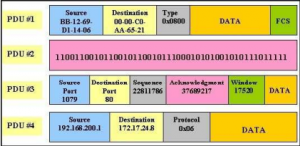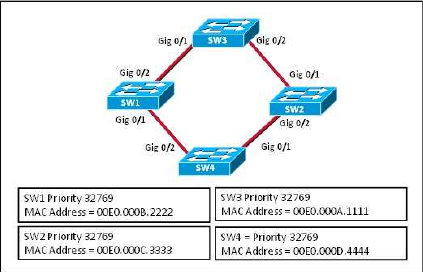Never heard about it:
This is my network.
It is mine
or technically my employer’s,
it is my responsibility
and I care for it with all my heart
there are many other networks a lot like mine,
but none are just like it.
I solemnly swear
that I will not mindlessly paste from HOWTOs.
from Peter N. M. Hansteen




